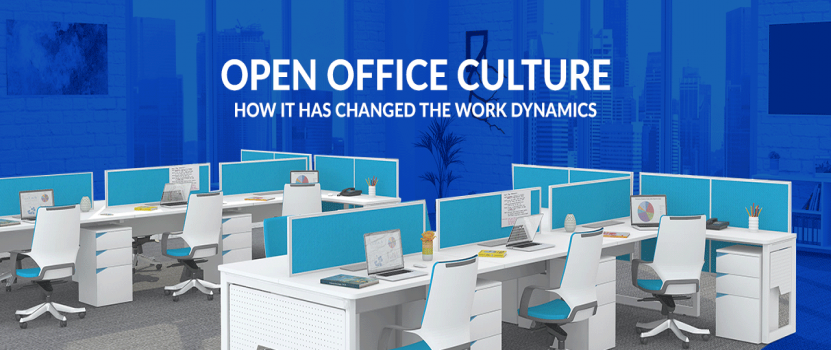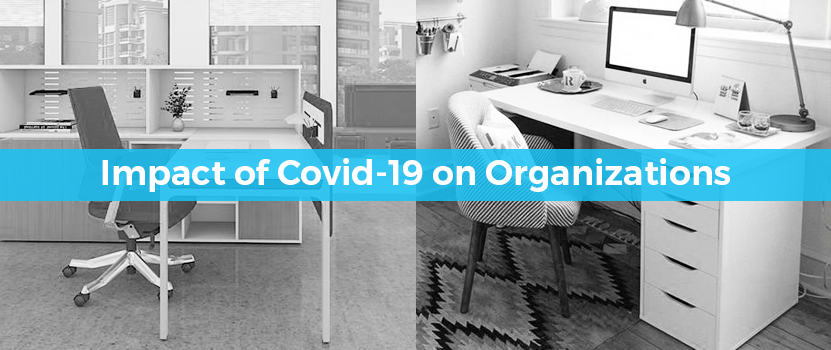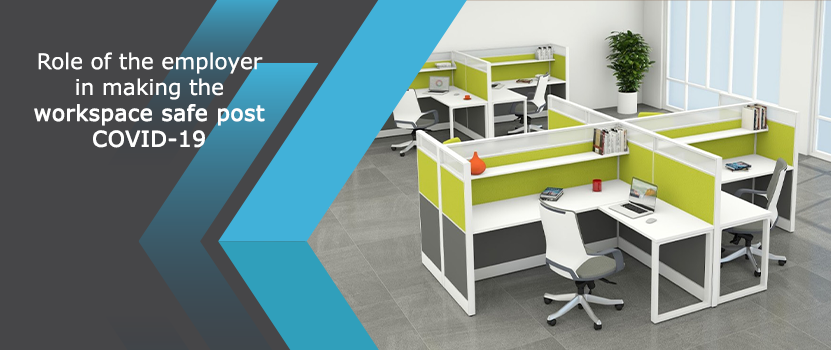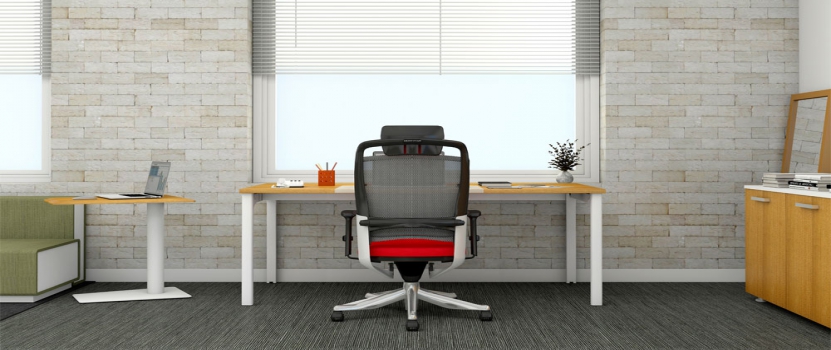
Open Office Culture – How It Has Changed the Work Dynamics
What exactly is open office culture? If you consider it to be synonymous to open office layout, you are a little off track. Though the concepts are undeniably related, they aren’t exactly the same. The culture, however, has its basis in the open office layout.
Blurred boundaries and lessened hierarchical categorizations coupled with improved communication and collaboration are the fruitful results that an open office culture can bring. However, there is a potential downside as well; without proper planning, execution, and experiment, the possibility of chaos is imminent.
How are the two concepts related? Work dynamics depends on the setup the individuals work in. In an open office layout, it becomes easier for everyone to pitch ideas, express opinions and hold discussions, be it with colleagues or seniors. This provides everyone equal opportunity to excel at what they love to do and showcase it too.
An open concept workspace, however, does not imply the existence of one big room where everyone sits together. There must be a method in what you do and how you do it. As in all other aspects of your business, this starts with the plan.
How to plan a layout to initiate open office culture? Consider this; not everyone in your team is gregarious by nature. While some would love an open sitting plan, others may feel it to be a little too much to take in. For a functioning open office layout, you need to think of all team members as well as their individual and group requirements.
The ideal open office layout needs to have clusters of seats for small teams that work together, soundproof cubicles for some serious individual work, boardrooms for confidential meetings, open café style areas where you meet and greet – a mix where employees and employers can work and mingle without too much of stringent hierarchical order.
How to execute the plan to be successful? Continuous experimentation is the key to success for this. Before you implement the ideas, talk to your team members. Ask what changes they would like; what would make them feel more comfortable; what would enhance communication and help in collaboration.
Various workspaces found out that the teams worked well if they could talk over the simple things instead of constant emailing and instant messaging to team members sitting in different places. It cut down on wastage of time and effort on communication and helped keep the team supported and motivated.
An endless controversy – is open office layout right for your workplace? There is no single answer to this. It has worked well for many businesses; however, there is no guarantee that it would be successful in your venture. Discuss the changes you wish to initiate and try to gauge the reaction to it.
Next, begin with small steps. Open office culture can have a positive impact on work dynamics, but only if done right. It is not only the team members who need to get out and mingle; the management is also a part of it. Only then would your efforts pay off and you will create a complete unit that works together towards success.




